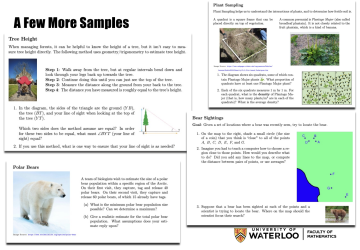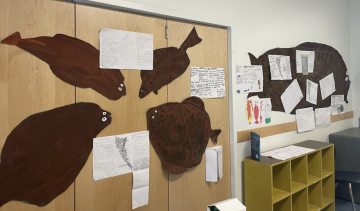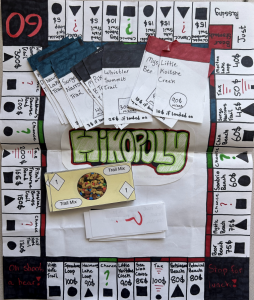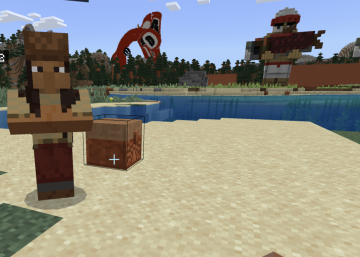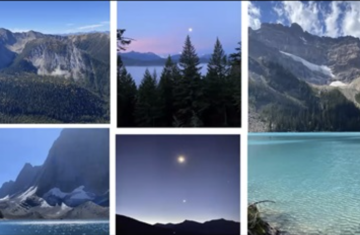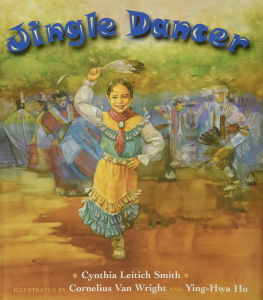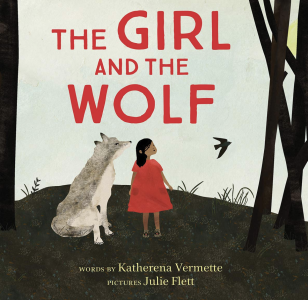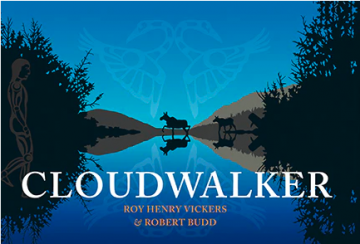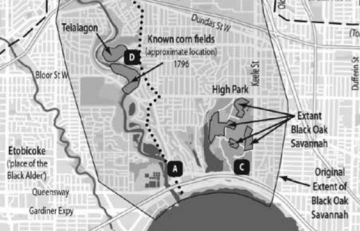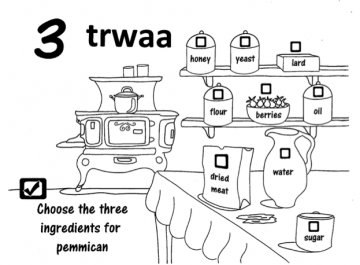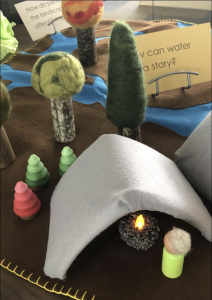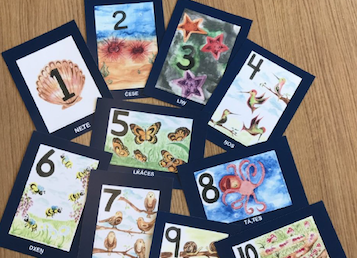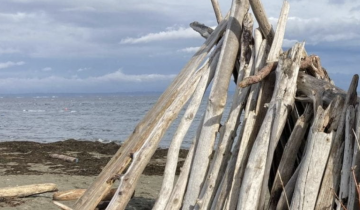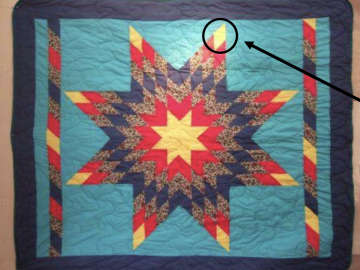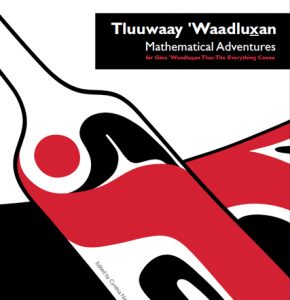Champagne Raccoons
Grounded in Indigenous Storywork, this task draws on the story of champagne-coloured raccoons from Saysutshun, an island provincial park in the territory of the Snuneymuxw First Nation near Nanaimo. The story invites students to wonder, make connections, and explore mathematical ideas.
Mentorship in Action
Sam’s Grade 6/7 class guided Kindergarten buddies, inspired by Jen Whiffin and Joy Fast’s Outdoor Math and Indigenous Storywork principles of Reciprocity and Respect.
Problems with a Purpose
The CEMC’s “Problems with Purpose” offers real-world math challenges, including Cree language puzzles, for grades 4-12.
Building a Community of Inquiry through Indigenous Storywork Principles
Annie Simard, Sandra Fox, along with other teachers integrated Indigenous stories into math instruction. Guided by Indigenous Storywork, they created engaging math experiences.
A Fomly Adventure: A decolonizing redesign of Foundations of Mathematics 12
Conventional teaching methods like lectures and tests have been replaced with collaboration and personalization through projects around ecotourism, and traditional root gardens.
Indigenizing Minecraft through a Numeracy (STEAM) Lens
embark on a historical journey to a coastal village where students collaborate with Elders to learn sustainable winter preparation. Armed with this ancestral knowledge, students are tasked with designing their own thriving community
What Is The Most Beautiful Thing You Know About Cedar Trees?
Inspired by What is the Most Beautiful Thing You Know About Horses? Students explore their environments mathematically, culminating in a story as the finished product.
Hello Humpback
This lesson blends Indigenous stories and math. By exploring “Hello Humpback” written by Roy Henry Vickers, students connect with Indigenous Storywork and First Peoples’ Principles of Learning while learning number concepts.
If Instead of a Person
This lesson blends Indigenous stories and math. By exploring “If Instead of a Person” written by Courtney Defriend students connect with Indigenous Storywork and First Peoples’ Principles of Learning while learning about number concepts and computational fluency.
Jingle Dancer
This lesson blends Indigenous stories and math. By exploring “Jingle Dancer” written by Cynthia Leitich Smith, students connect with Indigenous Storywork and First Peoples’ Principles of Learning while learning about number concepts and practicing computational fluency.
The Girl and the Wolf
This lesson blends Indigenous stories and math. By exploring “The Girl and the Wolf” written by Katherena Vermette, students connect with Indigenous Storywork and First Peoples’ Principles of Learning while learning about addition, subtraction and measurement concepts.
What’s the most beautiful thing you know about horses?
This lesson blends Indigenous stories and math. By exploring “What’s the Most Beautiful Thing You Know about Horses” written by Richard Van Camp students connect with Indigenous Storywork and First Peoples’ Principles of Learning while learning about patterns, fractions, and measurement.
Cloudwalker
This lesson blends Indigenous stories and math. By exploring “Cloudwalker” by Richard Van Camp students connect with Indigenous Storywork and First Peoples’ Principles of Learning while learning about number concepts, and change in quantity.
Cloudwalker
This lesson blends Indigenous stories and math. By exploring “Cloudwalker” by Richard Van Camp students connect with Indigenous Storywork and First Peoples’ Principles of Learning while learning about patterns, and number concepts.
Learning Michif & Cree through Elementary Math
Learn Michif and Cree through this printable counting 1-10 activity book
Opening the Basket Stó:lō Sitel Curriculum
This presentation showcases how three educators integrated Surrey Schools’ Opening the Basket Sto:lo Sitel curriculum into grades 1-4 math. Through hands-on activities like measuring fish and creating maps, students explored math concepts while learning about Indigenous culture. Indigenous Storywork guided the entire process.
Supernatural Wasco and Proportion
Leighann Rodger’s seven-session lessons blend Haida Supernatural Beings with math. Students explore fractions and proportions by creating models of the supernatural being Wasco.
Using Seasonal Rounds to Teach Mathematics
Discover how seasonal rounds can transform early math learning. Jessica Naziel shares practical strategies for teaching number sense, fractions, and measurement through nature-based activities.
Exploring Ecosystems and Mathematics
David Barnum shares how his Grade 3 students developed a deep connection to their environment through observation and journaling, aligning with First Peoples principles of learning.
SENĆOŦEN Number Card Project
Sara Salemink presents a SENĆOŦEN number card project that blends language, art, and math for kindergarten students.
Outdoor Math – Noticing Water
Noticing Water is a project blending science, culture, and math through the lens of Indigenous Storywork. Using math as a tool, it aims to deepen students’ connection to local waterways by giving water a voice.
Indigenous Math Connections – David Sufrin
David Sufrin highlights how student teachers integrated Aboriginal culture and math through projects like spearfishing and berry picking. These activities involved counting, estimating, graphing, and language development.
Grade 8 Math Questions
Paul Beland created a set of problem-solving questions to follow chapters one through eight in the grade 8 mathematics curriculum.
Math For Language Development
Sealaska Heritage Institute Website
Math First Peoples 8/9
The Math First Peoples Teacher Resource Guide empowers BC educators to transform math learning through Indigenous perspectives, aiming to boost student success.
Tluuwaay ‘Waadluxan Mathematical Adventures
Tluuwaay ‘Waadluxan Mathematical Adventures offers fresh perspectives on math through land-based learning.


